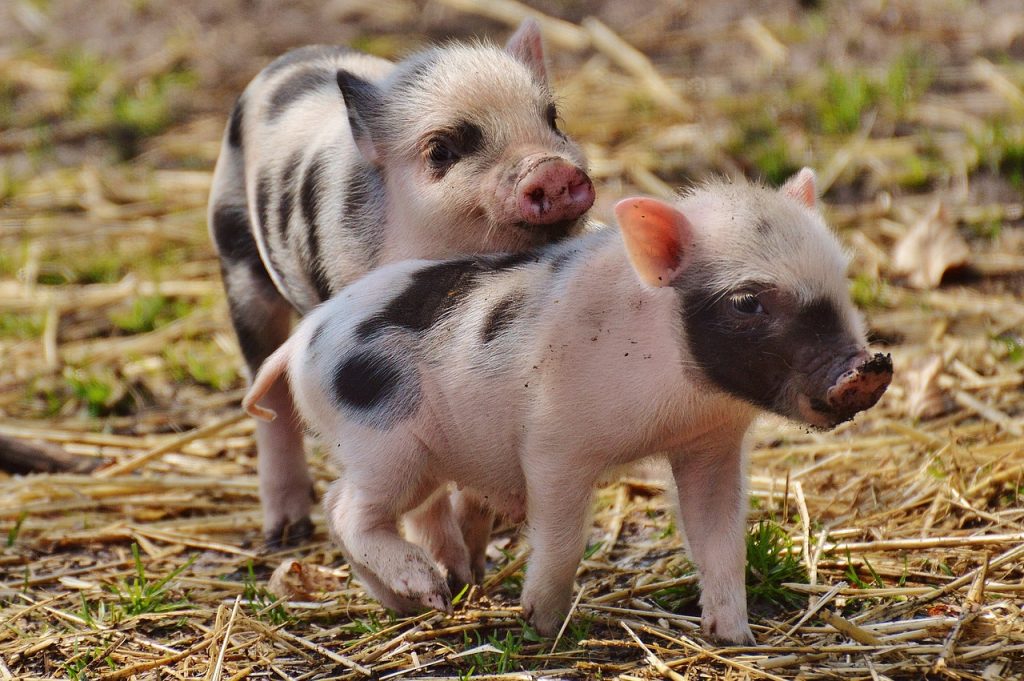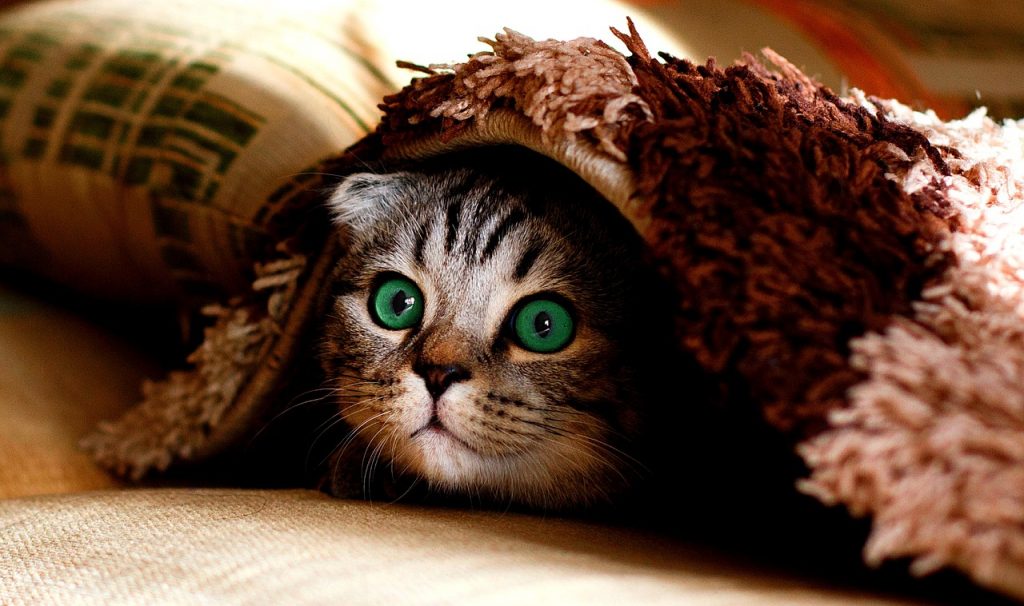
Hi everyone. Before we delve into today’s super exciting topic, in the spirit of ending the Nonprofit Hunger Games I am declaring this week to be Wear Another Nonprofit’s T-shirt Week. Let’s help promote one another’s organizations like the awesome unicorns of Equity that we are. Show love to orgs that you don’t work for and are not on the board of. Swap T-shirts the way that some professional sports players swap jerseys. Take pictures and tweet with the hashtag #NonprofitsSupportingNonprofits. At the end of the week, 10 winners will be randomly chosen to receive…the satisfaction of making the sector better.
OK, let’s talk about the handwritten thank-you note (HWTYN). First of all, I love them. I know many of you do as well, especially the fundraisers in the sector, who have turned the HWTYN into an art form. Some of the leaders I look up to the most have gotten so skilled at this that it seems they spend considerable time writing thoughtful and highly personalized notes—“Dear Vu, it was so lovely to have lunch with you today at Piroshky on 3rd! I am glad I took your recommendation and tried the borscht. You changed my mind on beets, and thus, you changed my entire life trajectory”—and YET are able to warp time and space so that their HWTYN arrives mere hours after I meet with them.
Continue reading →




